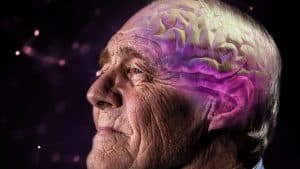The word neurodiversity has become a lot more common in recent years, but not everyone knows what it means. Some people still associate it with mental illness, even though its whole purpose is to move away from such pathological definitions. It’s about how different people’s brains naturally work in different ways, and that’s okay.
One of the most common examples you’ll see of neurodiversity is autism. Autism can change how people communicate and how they process information. Sometimes this can make it difficult for autistic people to manage a world designed for the neurotypical, but this doesn’t make it an illness. In fact, it can encourage new and creative approaches to problem-solving.
This doesn’t mean that people with autism don’t have struggles related to being autistic, but that’s more a result of being poorly suited to their environment than having something inherently wrong with them. You might hear this approach called the social model of disability. It’s about how the barriers to success for people with disabilities are those created by society rather than something inherent to their condition.
There’s a difference between trying to help an autistic person manage autistic traits that cause them discomfort (such as allowing them to wear headphones to block out loud noises) and trying to “cure” them of autism. Autism doesn’t have a cure, and trying to force people to suppress their natural behaviors can often cause more problems in the long run. That includes the development of actual mental illnesses like depression.
Other examples of neurodiversity may include attention deficit hyperactivity disorder (ADHD) or intellectual disabilities. In all cases, every person is unique and the kind of support they need (if any) may vary. People who experience a lot of pain because of their condition may want to do whatever they can to stop the pain. For those who just need minor adjustments to live a relatively “normal” life, it’s mostly about being open and welcoming, and listening to what they need.
You’ll still hear a lot of debate about what qualifies as a mental illness to be treated and what is a natural variation in the human brain to be understood and maybe even celebrated. There may not be a precise line to follow. It’s important to remember that brains are strange and complicated things about which we always have more to learn.




